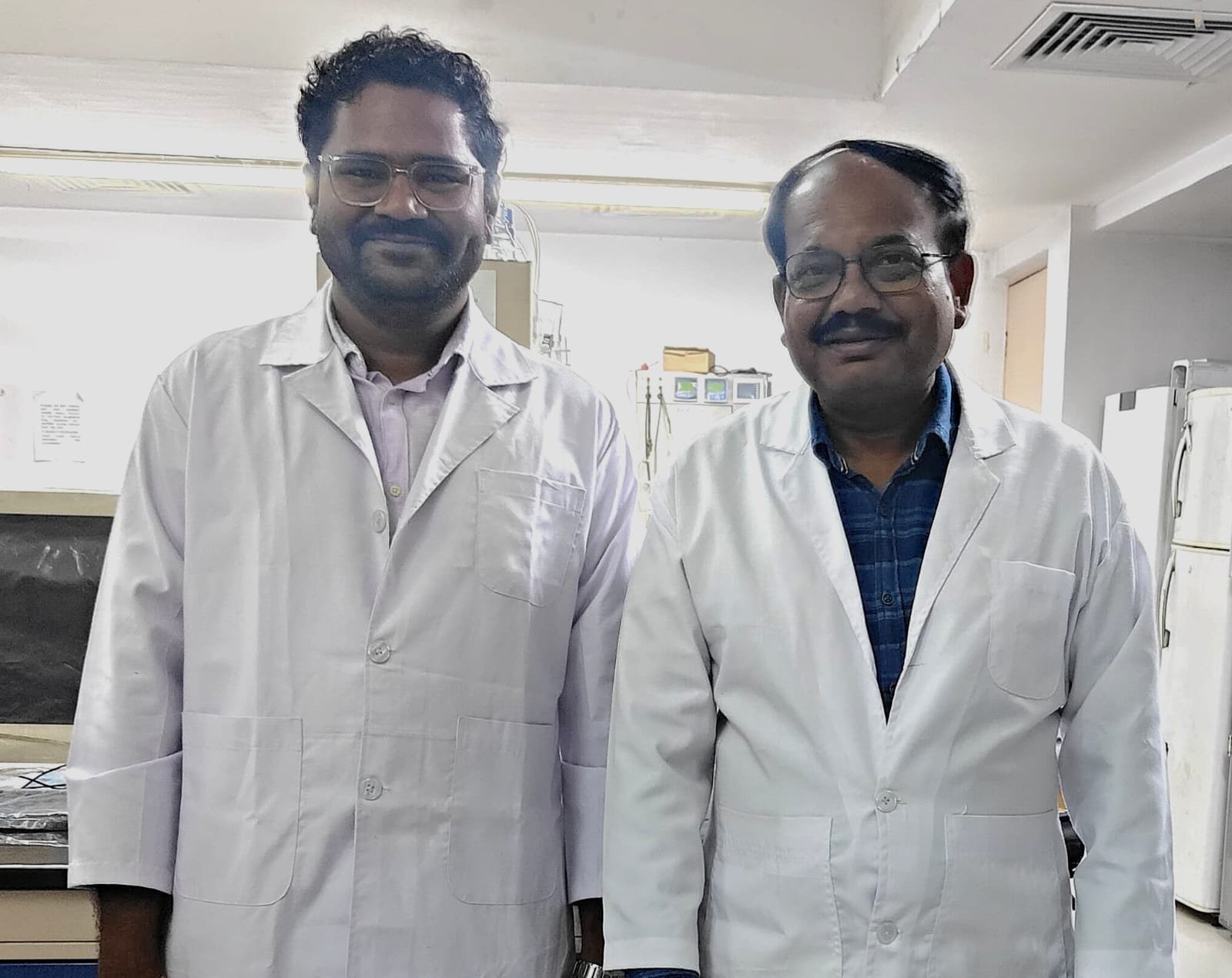GUWAHATI, 12 Sept 2025: Researchers at the Indian Institute of Technology (IIT) Guwahati have developed a new method to produce human insulin using a bacterial system called Pseudomonas fluorescens. The technology, which has received two Indian patents, aims to make insulin production more cost-effective and efficient.
The research team, led by Professor Veeranki Venkata Dasu, former Head of the Department of Biosciences and Bioengineering at IIT Guwahati, includes Ansuman Sahoo, Prabir Kumar Das, Dr. MSRC Murthy, and Prof. Sanjukta Patra. The patents granted are Patent No. 568947 (Date of Grant: 22 July 2025) and Patent No. 536416 (Date of Grant: 1 May 2024). Their findings have been published in journals such as the International Journal of Biological Macromolecules and the Journal of Biotechnology.
Diabetes affects over 537 million adults worldwide, with numbers projected to rise to one in eight adults by 2050, according to the International Diabetes Federation. Insulin is essential for patients with type 1 and many with type 2 diabetes, but current production methods are costly and inefficient, requiring complex purification processes.
Professor Dasu explained that the new system uses genetic, metabolic, and biochemical engineering to produce recombinant human insulin in a safe BSL-1 microorganism. “This expression system not only produces insulin in soluble form, simplifying production, but also opens possibilities for other therapeutic proteins and industrial enzymes,” he said.
Ansuman Sahoo highlighted that commonly used bacteria like Escherichia coli produce insulin as insoluble aggregates requiring complex processing. Alternative systems, such as yeast or mammalian cells, also have limitations. Using Pseudomonas fluorescens, which produces proteins in a soluble form, allows for simpler, safer, and more affordable production.
This development marks the first successful production of human insulin using Pseudomonas fluorescens, reducing the need for extensive purification and lowering production costs. The method is considered safe and capable of large-scale insulin production, addressing rising global demand, especially with emerging non-invasive insulin delivery methods.
The technology represents a significant step toward affordable healthcare solutions, potentially making life-saving insulin more accessible.









